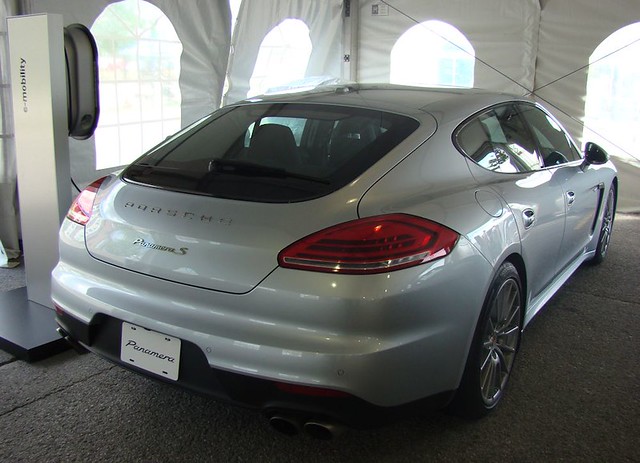
Ahead of the major United Nations Climate Summit in New York City convening this week, the Conservative Government of Canada restated the country’s intentions of conforming to tighter emissions for passenger cars, light trucks and heavy-duty vehicles. Mirroring the ambitious measures going into effect in the United States, the new emission laws will drastically prolong the fleet-wide fuel economy for the product line of automakers and reduce greenhouse gas emissions. “Today’s announcement further demonstrates our Government’s commitment to address climate change and provide cleaner air for Canadians. These initiatives, which will protect the environment and provide health benefits, will be aligned with the United States, given the integrated nature of the North American economy.” said the Minister of the Environment Leona Aglukkaq.
With sweeping improvements to start during the 2017 model year, steady improvements in passenger vehicle emissions has a final target date for year 2025. Accompanying cleaner vehicles, fuel economy is also slated to nearly double compare to 2008 fleet numbers. The Canadian government forecasts 2017 to 2025 model year passenger cars and light trucks will result in a 174-megaton reduction in emissions over the course of their operational life (almost as much as the entire transportation sector produces in a single year). In the United States, a fuel economy number of 54.5 miles per gallon has been touted as the goal for all automakers for 2025. In the United States as well as Canada, this number applies to the entire fleet of cars sold by an auto manufacturer in a year.
The full details and regulation changes will be unveiled within the coming weeks. The first part of Canada’s improved vehicle emission regulations is set to be announced on September 27th pertaining to sulphur content in gasoline. This amendment will see the sulphur content of gasoline reduced by around 70 percent. Sulphur content in gasoline has been significantly reduced since 1999. According to a Government of Alberta report, Sulphur in gasoline totalled 320 ppm (parts per million) in 1999 but was reduced to 30 ppm in 2005. The upcoming reduction in gasoline sulphur will bring Canadian and United States regulations in line with the level found in the United Kingdom. The final regulations will be made available on October 8th.
While the emission target announcements by Canadian are largely aligning itself with the United States, the decision has been greeted favourably by the auto industry as standardizing the regulations between the two countries. In part of a statement issued by the Canadian Vehicle Manufacturers’ Association, president Mark Nantais stated, "by being part of a robust, aligned standard, new more advanced technologies come to market more quickly with greater choice of products that are more affordable for consumers as manufacturers are to able take advantage of the economies of scale derived from the larger integrated market inherent in the North American automobile industry." Though automakers are making efforts to find increased efficiencies with turbochargers and other technologies for improving range on gasoline, these new emission regulations is seen as motivation for enhancing alternative powertrains. Hybrids, plug-in hybrids, full electrics and even diesel propulsion options are already becoming more mainstream in the North American market.
Information source: Canadian Vehicle Manufacturers' Association, Government of Canada

Comments
Post a Comment